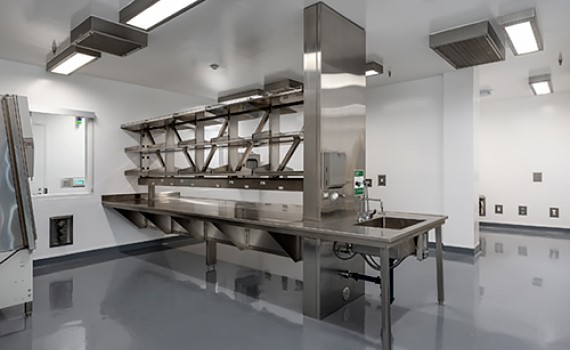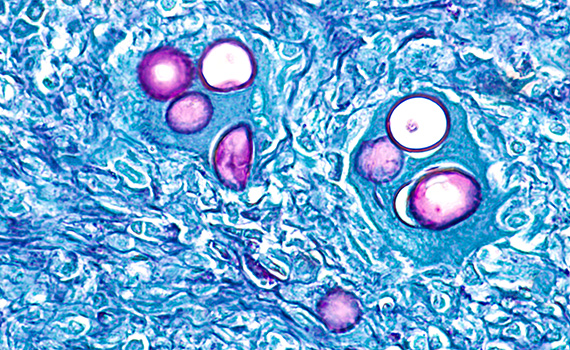PCR tests yield surprising results in Eimeria study

 Polymerase chain reaction analysis, commonly known as PCR, is helping researchers get a better handle on the presence and scope of coccidial pathogens — and the results are surprising, according to a study conducted by the University of Georgia and Southern Poultry Research.1
Polymerase chain reaction analysis, commonly known as PCR, is helping researchers get a better handle on the presence and scope of coccidial pathogens — and the results are surprising, according to a study conducted by the University of Georgia and Southern Poultry Research.1
Of 29 samples, the researchers found E. acervulina in 96%, E. maxima in 93%, E. tenella in 89%, E. brunetti in 86%, E. praecox in 86%, E. mitis in 48% and E. necatrix in 24%, the researchers reported at the 2015 International Poultry Scientific Forum.
E. acervulina, E. maxima and E. tenella had been thought to be the “big three” Eimeria species in US broiler houses. However, PCR is demonstrating that other species may be present, researchers A. Lorainne Fuller, PhD, and graduate student Emily Kimminau, told Poultry Health Today.
More reliable
Before PCR, Eimeria species were differentiated based on the location and appearance of coccidial lesions. PCR provides a more reliable diagnostic method and is a relatively easy way to differentiate Eimeria species and determine the causes of coccidiosis on a poultry farm, Kimminau said.
“I think the best thing about PCR and what has set it apart from what’s been done before is that you can get accurate answers. Before a lot of it was guessing.” – Emily Kimminau
The unexpected finding of Eimeria species such as E. necatrix could be the result of changing approaches to coccidiosis management. Some producers are relying more on coccidiosis vaccination instead of conventional anticoccidials, which may explain the upsurge in Eimeria species not present in the vaccines, Fuller, a parasitologist, explained.
With a 24% prevalence, pathogenic E. necatrix warrants further investigation as a potential addition to coccidiosis vaccines, the researchers added.

Results from PCR conducted on 43 complexes from across the US. Results shown are the percentage of positive PCR results for the respective species. The PCR detection method was strictly diagnostic of presence/absence; no quantification of the species was measured.
Allows better planning
Eimeria diagnostics in the study was performed as part of anticoccidial-sensitivity testing (AST), which is a very valuable tool, Fuller emphasized.
AST will reveal which anticoccidials are most likely to be effective against the Eimeria species responsible for coccidiosis on a farm, which in turn enables producers to plan more effective anticoccidial-rotation programs, she said.
“I think the best thing about PCR and what has set it apart from what’s been done before is that you can get accurate answers,” Kimminau said. “Before a lot of it was guessing.”
Watch a video of the interview.
Editor’s note: Emily Kimminau is now a graduate assistant at Texas A&M University.
1 Kimminau E, et al. PCR Eimeria diagnostics from broiler complexes across the United States and Canada. 2015 International Poultry Scientific Forum abstracts.
Posted on November 19, 2015
 We’re glad you’re enjoying
We’re glad you’re enjoying










